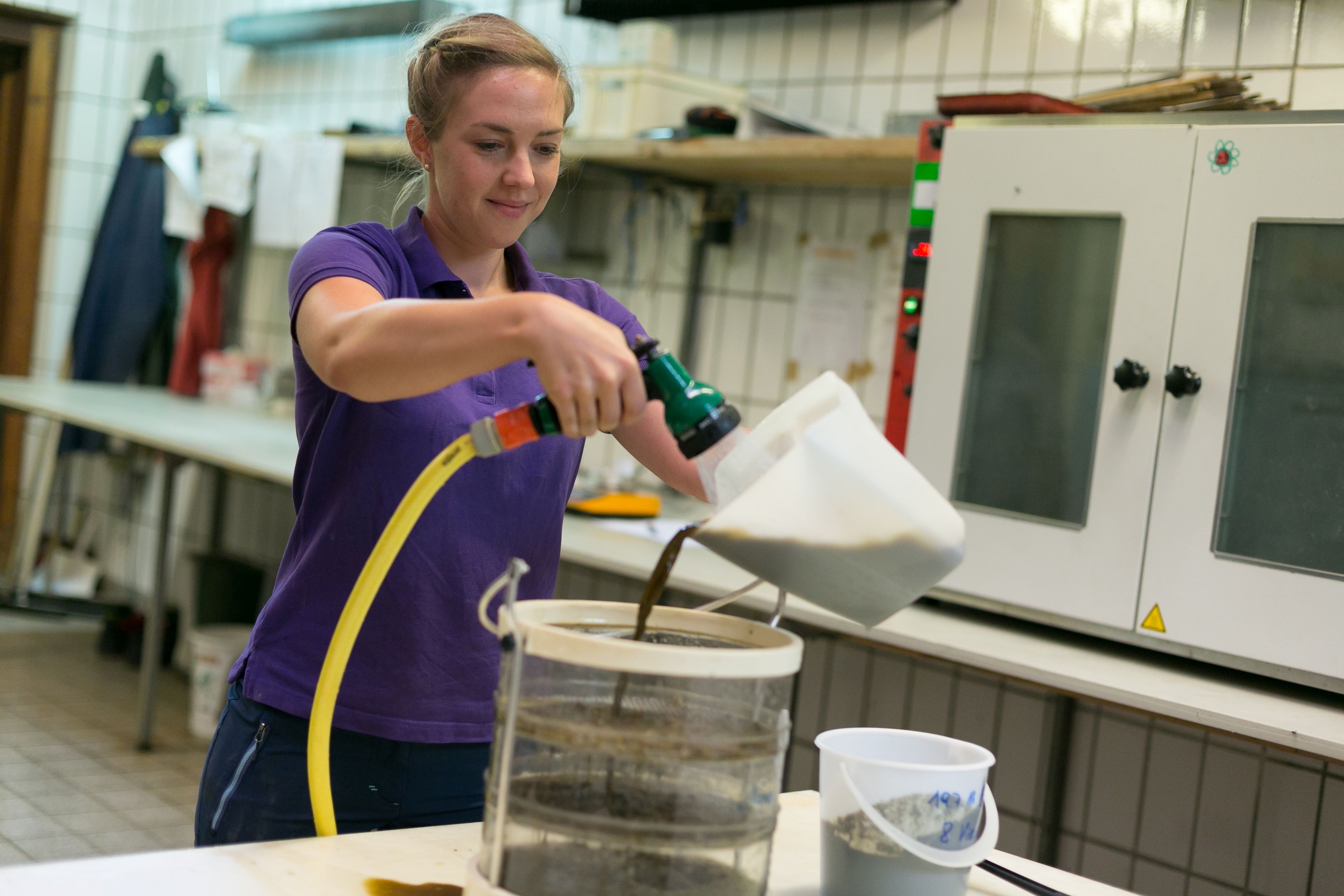The results of this project show that the feces dry matter was significantly lower when fed on pasture than when fed in stables . It was also noticeable that in the first two to four weeks after the feed change, the proportion of fecal fractions in the upper sieve was higher and that in the middle and lower sieves was lower. This was noted during both the spring and fall transitions and suggests that feed digested less well first few weeks after the .
also found paddock pasture and short grass pasture farming The forage from the short grass pasture had a higher digestibility of organic matter and fiber than that from the paddock pasture. In addition, a lower manure dry matter content was found in short-grass pasture farming, as well as higher proportions in the upper sieve and lower proportions in the middle and lower sieve during manure screening. This suggests that the digestive processes in the rumen were somewhat impaired by the high-sugar and low-structure short-grass pasture forage, although the digestibility of the forage was higher than in paddock grazing.
Based on the results available, it is advisable to change the feed as slowly and gently as possible . This means that structural feed (e.g. in hay racks) should still be offered in the first few weeks after starting full-grazing farming. It is also advisable to start feeding in the stable or via feed racks a few weeks before the animal is installed in the autumn. In this way, the gentlest possible change in feed can be ensured without major effects on the animal's digestive processes.
Further information on manure screening: Cattle feces assessment










